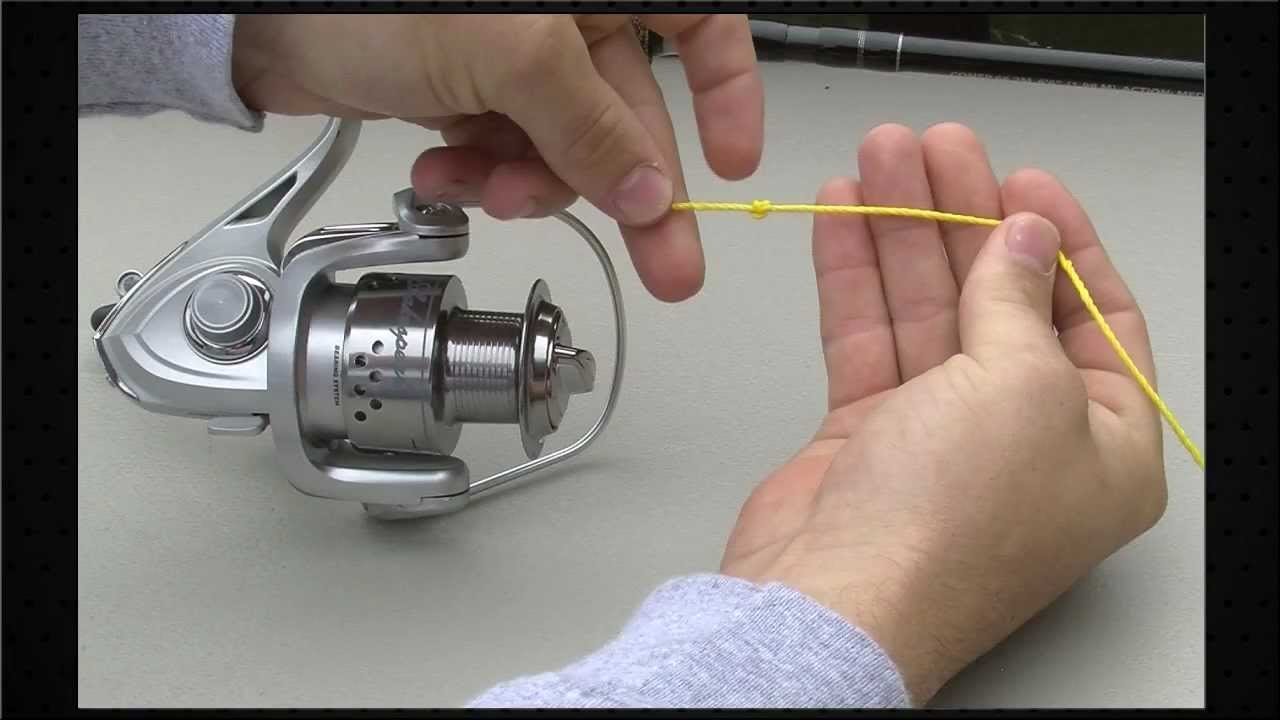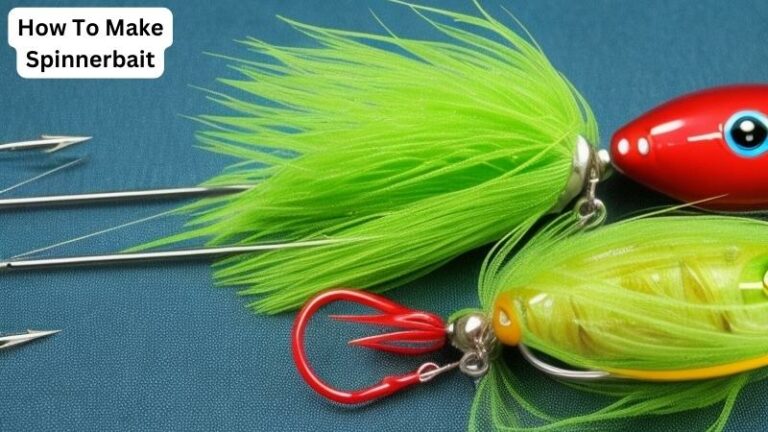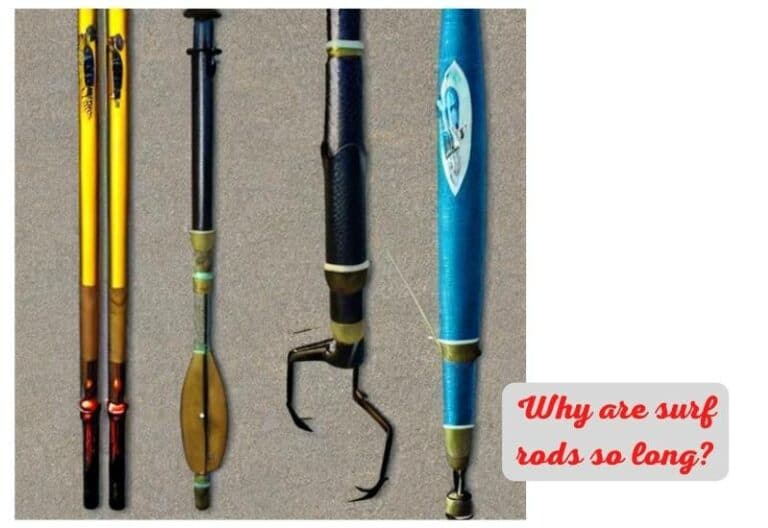Beginner’S Guide: How To String An Open Face Reel For Smooth Fishing
Have you ever struggled with stringing an open face reel? If so, you’re in the right place! Stringing a open face reel may seem daunting at first, but with a few simple steps, you’ll be able to do it with ease. In this article, we’ll walk you through the process and provide you with all the necessary tips and tricks to get the job done. So, let’s dive in and learn how to string a open face reel together.
How to String an Open-Face Reel: A Comprehensive Guide
Fishing enthusiasts understand the importance of properly stringing their open-face reels. It is a crucial step that directly impacts casting accuracy, line control, and overall performance on the water. Whether you are a beginner or an experienced angler, mastering the process of stringing an open-face reel is essential to maximize your fishing experience.
In this comprehensive guide, we will take you through the step-by-step process of stringing an open-face reel correctly. We will cover everything from choosing the right fishing line to properly spooling and maintaining your reel. Let’s dive in!
Section 1: Understanding the Open-Face Reel
Before we get into the stringing process, let’s familiarize ourselves with the open-face reel. Also known as a spinning reel, this type of reel is popular among anglers due to its versatility and ease of use. Here are a few key components of an open-face reel:
1. Rotor: This is the part of the reel responsible for line retrieval and release. It rotates around the spool and determines the line’s tension during casting and retrieval.
2. Drag Knob: The drag knob allows you to adjust the resistance on the fishing line. This feature is crucial when fighting a powerful fish, as it helps prevent the line from breaking under stress.
3. Bail Arm: The bail arm is the wire-like structure that flips open and closed. It guides the line onto the spool during casting and ensures proper line management.
4. Line Roller: The line roller reduces friction as the line moves onto and off the spool. It helps prevent tangling and ensures smooth operation.
Section 2: Choosing the Right Fishing Line
When it comes to choosing the right fishing line for your open-face reel, several factors come into play. Let’s explore the different types of fishing lines available and their respective advantages:
1. Monofilament Line: Monofilament is a popular option due to its affordability and versatility. It is easy to handle, has good knot strength, and works well for various fishing applications.
2. Fluorocarbon Line: Fluorocarbon line is known for its excellent visibility underwater, making it ideal for clear water fishing. It also has low stretch and high abrasion resistance.
3. Braided Line: Braided lines offer superior strength and sensitivity. They have a smaller diameter than monofilament lines of the same strength, allowing for longer casts and increased line capacity.
Consider the type of fishing you will be doing, the target species, and the specific fishing conditions when selecting your fishing line. It’s crucial to match the line’s strength and diameter to the reel’s recommended specifications.
Section 3: Preparing the Reel
Before stringing your open-face reel, ensure it is clean and in good working condition. Follow these steps:
1. Remove any old fishing line from the reel, making sure to dispose of it properly.
2. Inspect the reel for any signs of damage or wear. Look for cracks, rough edges, or corrosion that may hinder the smooth flow of the line.
3. Lubricate the reel’s moving parts, such as the bail arm and line roller, with reel oil to ensure smooth operation.
Section 4: Attaching the Backing Line
Backing line is a thin, inexpensive line that fills the spool before attaching the main fishing line. It serves two purposes: increasing line capacity and providing a solid foundation for the main line. Here’s how to attach the backing line:
1. Tie an Arbor Knot around the spool. Pass the line around the spool arbor, make a simple overhand knot, and tighten it securely.
2. Wrap the backing line around the spool, overlapping the arbor knot. Make sure to maintain tension as you wrap the line to prevent slippage.
3. Tie an Arbor Knot or Uni Knot to secure the backing line to the reel. Trim any excess line.
Section 5: Spooling the Main Line
Now that the backing line is in place, it’s time to spool the main fishing line. Follow these steps for a smooth and even line spooling process:
1. Thread the fishing line through the line guide or bail arm, ensuring it passes through all line guide loops.
2. Open the bail arm to create a clear path for the line to be wound onto the spool.
3. Hold the line with tension using your fingers or a pencil, and slowly turn the reel handle to begin spooling the line.
4. Maintain a consistent tension on the line as it is wound onto the spool. This helps prevent line twists and ensures even distribution.
5. Stop spooling when you leave approximately 1/8 inch of space from the spool rim. Overfilling the spool can lead to line tangles and reduced casting performance.
6. Close the bail arm and give the line a gentle tug to ensure it is properly seated on the spool.
Section 6: Adjusting the Drag
Properly adjusting the drag is crucial for successful fishing. The drag system allows you to control the resistance the fish feels when it pulls on the line. Follow these steps to adjust the drag:
1. Locate the drag knob on your reel. It is usually situated on the front or back side.
2. Tighten the drag knob to increase resistance or loosen it to decrease resistance. Remember to adjust the drag based on the target species and the fishing conditions.
3. Test the drag by pulling the line with your hand. It should release smoothly without any jerking or sticking.
Section 7: Setting Up the Rod and Reel
Now that your open-face reel is properly strung, it’s time to set up your rod and reel for fishing. Follow these steps:
1. Select an appropriate fishing rod that matches the specifications of your reel, such as length, power, and action.
2. Attach the reel to the rod’s reel seat by sliding the foot of the reel into the seat and tightening the locking mechanism, usually a screw or lever.
3. Align the line guides on the rod with the line coming off the reel, ensuring the line passes through each guide smoothly.
4. Check that the reel is securely attached to the rod and that all connections are tightened.
Section 8: Maintaining Your Open-Face Reel
To ensure optimal performance and longevity of your open-face reel, regular maintenance is essential. Here are a few tips to keep your reel in top shape:
1. Rinse the reel with freshwater after each fishing trip to remove any salt, sand, or debris that may have accumulated.
2. Lubricate the reel’s moving parts with reel oil or grease to prevent corrosion and ensure smooth operation.
3. Check the drag system regularly to ensure it is functioning correctly. Adjust or replace the drag washers if needed.
4. Store your reel in a cool, dry place away from direct sunlight and extreme temperatures. Use reel covers or cases to protect it from dust and impacts.
Section 9: Troubleshooting Common Issues
Even with proper stringing and maintenance, anglers may encounter common reel issues. Here are a few troubleshooting tips to address common problems:
1. Line Twist: If you experience line twist, remove the line from the reel and run it through a damp cloth to remove any twists. Re-spool the line with proper tension, ensuring it doesn’t twist during the process.
2. Line Slippage: If the line slips on the spool during heavy loads or aggressive casting, use a few wraps of electrical tape or monofilament backing between the spool and the line to provide extra grip.
3. Line Tangling: If the line tangles frequently, check the line roller and bail arm for any debris or damage. Clean or replace these components as needed.
Section 10: Practice, Patience, and Enjoyment
Stringing an open-face reel is an important skill that will enhance your fishing experience. Remember, practice makes perfect, and patience is key. With time and experience, you will become proficient in stringing your open-face reel quickly and efficiently.
Now that you have learned the step-by-step process of stringing an open-face reel, it’s time to hit the water and enjoy the thrill of fishing. Explore different techniques, experiment with various lures, and make unforgettable memories on your angling adventures. Happy fishing!
How to Spool a Spinning Reel
Frequently Asked Questions
How do I string an open face reel?
To properly string an open face reel, follow these steps:
What type of line should I use?
When stringing an open face reel, it is recommended to use monofilament or braided fishing line. The specific type and pound test will depend on the fishing conditions and target species.
What is the best way to secure the line to the reel?
To secure the line to the open face reel, first, pass the line through the rod guides. Then, tie an arbor knot or a uni knot around the spool of the reel, making sure it is snug and secure.
How much line should I put on my reel?
The amount of line to put on your open face reel will vary depending on the reel’s capacity and the type of fishing you plan to do. Generally, fill the reel to about 1/8 inch below the spool’s rim to allow for proper casting and line management.
Should I use any backing before spooling the main line?
Using backing before spooling the main line is optional but recommended. Backing provides extra line capacity and helps prevent the main line from slipping on the spool. It is usually achieved by attaching a thin braided line or a monofilament to the spool before spooling the main line.
How can I prevent line twist when spooling?
To prevent line twist when spooling an open face reel, make sure the line is coming off the filler spool in the same direction it will be wound onto the reel. It is also helpful to apply light tension to the line as you spool it onto the reel to minimize any potential twists.
Is there anything I need to do after spooling the line?
After spooling the line, it is recommended to test the reel by reeling in the line under light tension. This will help ensure that the line is properly seated on the reel and there are no tangles or issues that could affect your fishing experience.
Final Thoughts
To string an open face reel, follow these simple steps: First, gather your equipment and choose the appropriate fishing line. Then, attach the line to the reel by tying a secure knot. Next, spool the line onto the reel while ensuring it is properly aligned. Finally, trim any excess line and test the reel to ensure smooth casting and retrieval. By following these steps, you can easily string an open face reel and be ready for your next fishing adventure.





